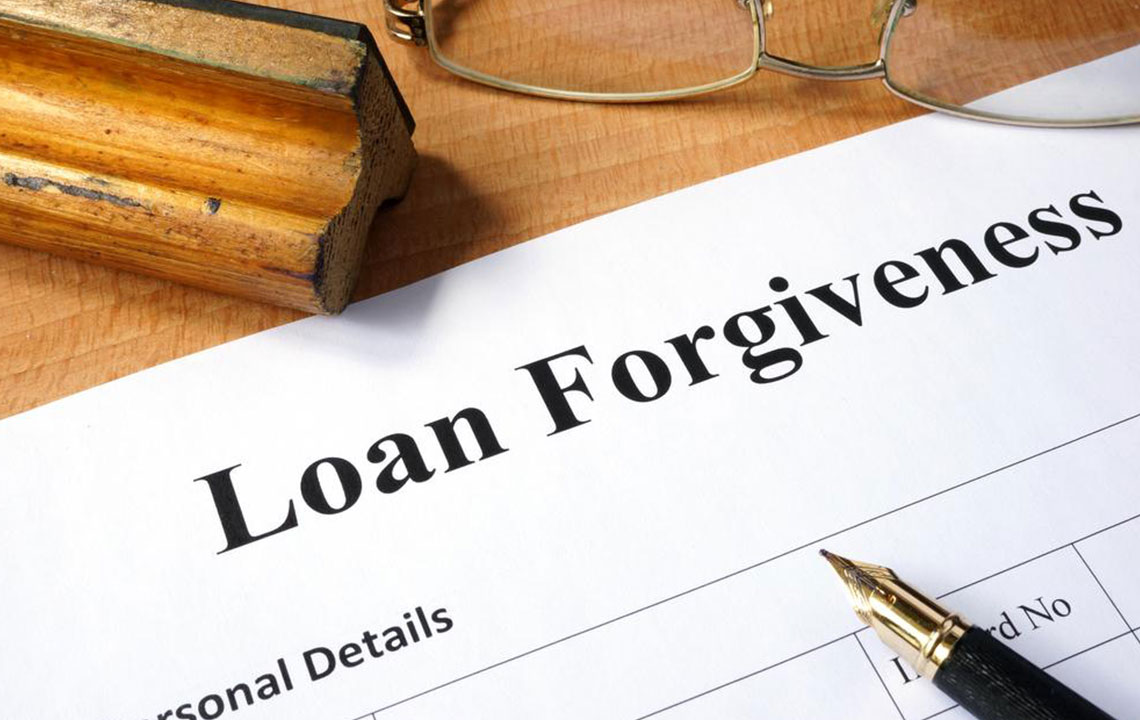Comprehensive Guide to Public Service Loan Forgiveness (PSLF) Program
This comprehensive guide provides insights into the Public Service Loan Forgiveness (PSLF) program, outlining eligibility, application procedures, and strategies to maximize student loan forgiveness for public service workers. It aims to help borrowers understand how to benefit from this federal initiative that can save thousands of dollars after a decade of dedicated employment and payments.

Comprehensive Guide to Public Service Loan Forgiveness (PSLF) Program
Public Service Loan Forgiveness is a federal initiative that aims to support professionals in vital public roles by offering loan forgiveness after a decade of committed payments. This program is designed to encourage graduates and professionals to serve in public sectors such as education, government agencies, non-profit organizations, and other public service fields. Many borrowers are unaware of the opportunities PSLF provides, which can save thousands of dollars and ease future financial burdens.
The core benefit of the PSLF program is that it allows borrowers to have their remaining federal student loan balance forgiven after making 120 qualifying monthly payments. These payments are based on a ten-year period, assuming one payment per month, which amounts to 120 payments in total. Importantly, these payments must be made regularly, on time, and under eligible repayment plans to qualify.
Key Details and Eligibility Criteria
Paying off student loans with PSLF: To qualify for loan forgiveness under PSLF, borrowers need to be employed full-time in a qualifying public service job. The employment must be with a government organization, non-profit, or other qualifying public agencies. The program requires making 120 consecutive or non-consecutive on-time payments, and these payments must be made after October 1, 2007, when the program was initiated.
Relevant payment timeline: Payments made before October 1, 2007, do not count towards the 120-payment requirement. Borrowers should keep detailed records of their payments to verify eligibility and ensure they meet the program criteria.
Eligible Repayment Plans: Borrowers can choose from several repayment plans, including Standard Repayment, Pay As You Earn (PAYE), Income-Based Repayment (IBR), or Income-Contingent Repayment (ICR). Opting for income-driven repayment plans often increases the chances of making qualifying payments and maintaining eligibility, especially if income fluctuates.
Qualifying Federal Loans: Only certain federal loans are eligible for PSLF. These include Federal Direct Subsidized and Unsubsidized Stafford Loans, Federal Direct PLUS Loans, and Federal Direct Consolidation Loans. It's essential that the loans are federal direct loans because only these qualify for forgiveness under PSLF.
Ineligible student loans: Private student loans, Federal Perkins Loans, and loans obtained through the Federal Family Education Loan (FFEL) Program do not qualify for PSLF. Borrowers with these types of loans should consider consolidating them into a Direct Consolidation Loan if they want to pursue PSLF eligibility.
Employment Requirements: Continuous employment in qualifying public service roles during the entire 10-year period is necessary. Borrowers can work for multiple public service employers, but employment must remain in eligible organizations to stay eligible for PSLF.
Loan Forgiveness: After successfully making 120 qualifying payments and maintaining employment in a qualifying public service position, all remaining federal student loan balances are forgiven entirely under PSLF. This can significantly alleviate financial stress and improve borrowers' financial futures.
Application Process and Tips for Success
Applying for PSLF involves submitting an Employment Certification Form (ECF) annually or whenever you change jobs. This form verifies employment status and helps track qualifying payments. Borrowers should keep meticulous records of their payment history and employment status to ensure they meet program requirements at the time of application.
Once the 120 qualifying payments are completed, borrowers can submit the PSLF application through the Federal Student Aid website. Proper documentation and payment history are vital to avoid delays or denial of forgiveness. It's advisable to work closely with your loan servicer, verify your employment status regularly, and confirm that all payments qualify.
Proactively managing your loans and employment documentation will facilitate a smooth application process. Borrowers also benefit from exploring income-driven repayment options that align with their income level, as this not only ensures on-time payments but can also improve the chances of completing the 10-year period successfully and securing forgiveness.
Benefits of the PSLF Program
Beyond financial relief, the PSLF program encourages dedicated public service, creates stability for essential sectors, and provides peace of mind for borrowers. It alleviates the burden of student debt, promotes career stability, and supports the public workforce's growth. Moreover, the program's focus on making timely payments and public service employment contributes to community development, public health, safety, and education system strength.
In summary, the Public Service Loan Forgiveness program is a valuable resource for individuals committed to public service careers. By understanding the eligibility criteria, maintaining proper documentation, choosing suitable repayment plans, and diligently making qualifying payments, borrowers can significantly reduce their student debt after ten years. This program exemplifies the government's commitment to supporting those who serve our communities, and proper planning can unlock its full benefits.





